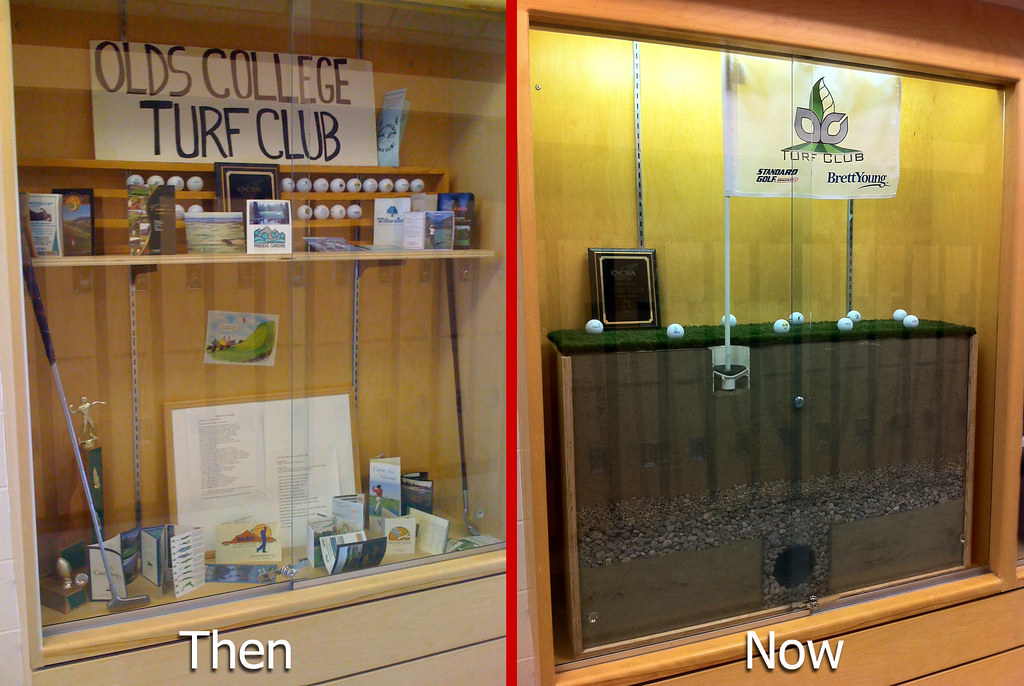On Tuesday, September
27th, the third year degree students of Olds College had the
pleasure of touring Priddis Greens Golf and Country Club. The course is located
near the town of Priddis, Alberta, southwest of Calgary. It was the first
course in Alberta to join the Audubon Cooperative Sanctuary Program. It has
recently played host to the CN Canadian Women’s Open in 2009.
This field trip was a
part of the class Environmental Management for Golf Courses. Our tour focused
on how the turf care department at Priddis has been practicing environmental management
and the challenges they have had to overcome. Course superintendent, James
Beebe, led the tour along with his assistant superintendents Chad Armitage, Chris
Prodahl, Lance Morris, and Mike Mackinnon.
Our outing began on
the course where we toured the back nine of the Raven golf course. There James
shared some of the difficulties they had faced during the summer, and a few of
the tools they use in their day-to-day maintenance. We discussed several other
areas including water management, low-maintenance areas, Audubon certification,
and chemical usage. The tour then moved into the shop area to see their
equipment bay and chemical storage shed. It ended with a meeting in the Priddis
lunch room where they explained some of the unique ways they approached course
setup using the EZ Locator program to set pin locations and their staff
management.
Thanks go to James
Beebe and to the staff of Priddis Greens for hosting us. It was an excellent
chance to see the successful application of environmental management in the
golf environment.
Photos courtesy of Andrew Leggett and David Smith
David Smith
Photos courtesy of Andrew Leggett and David Smith
David Smith






